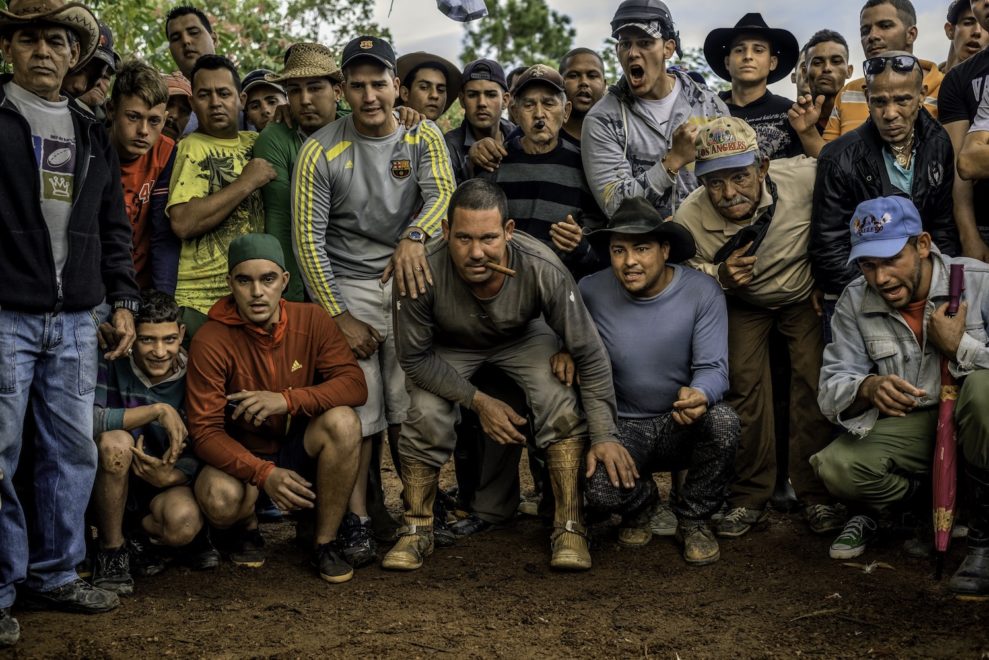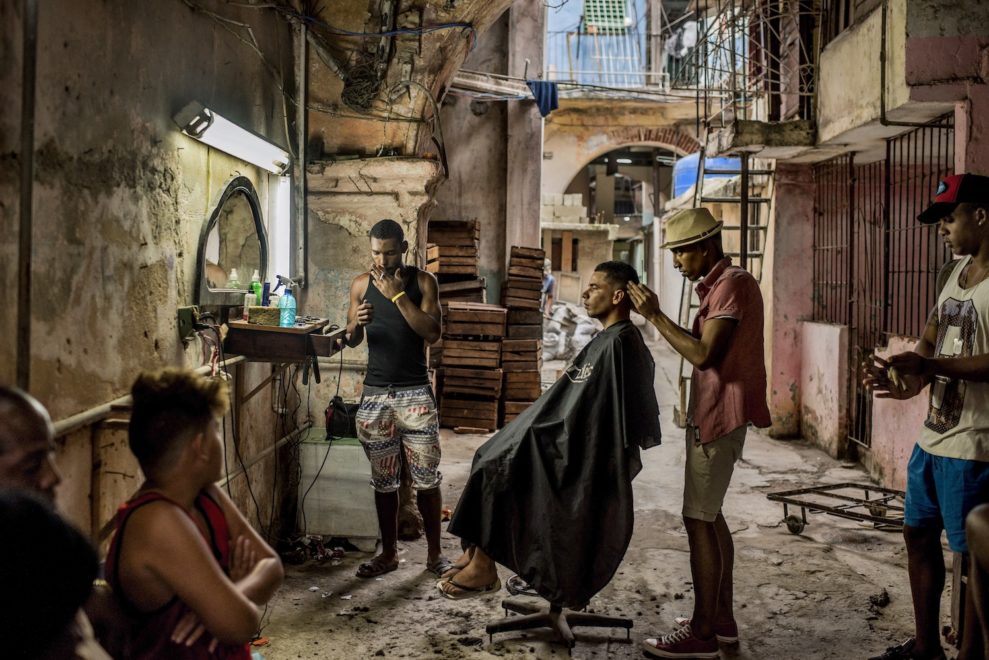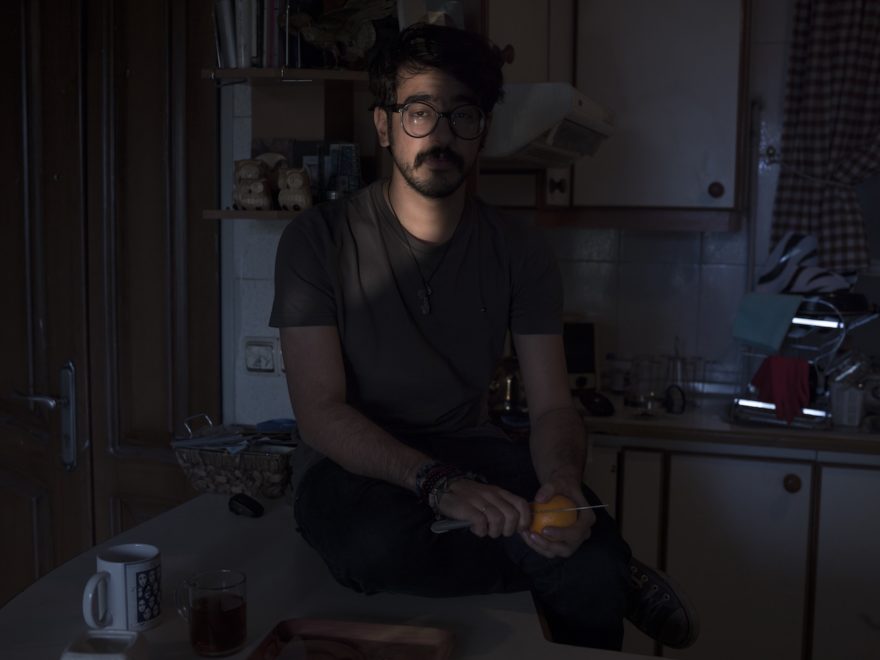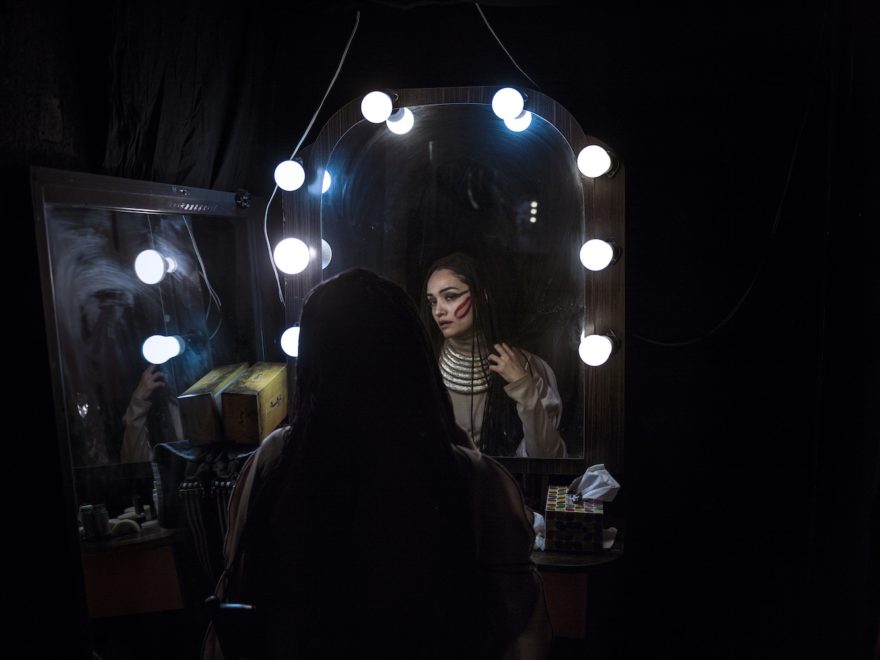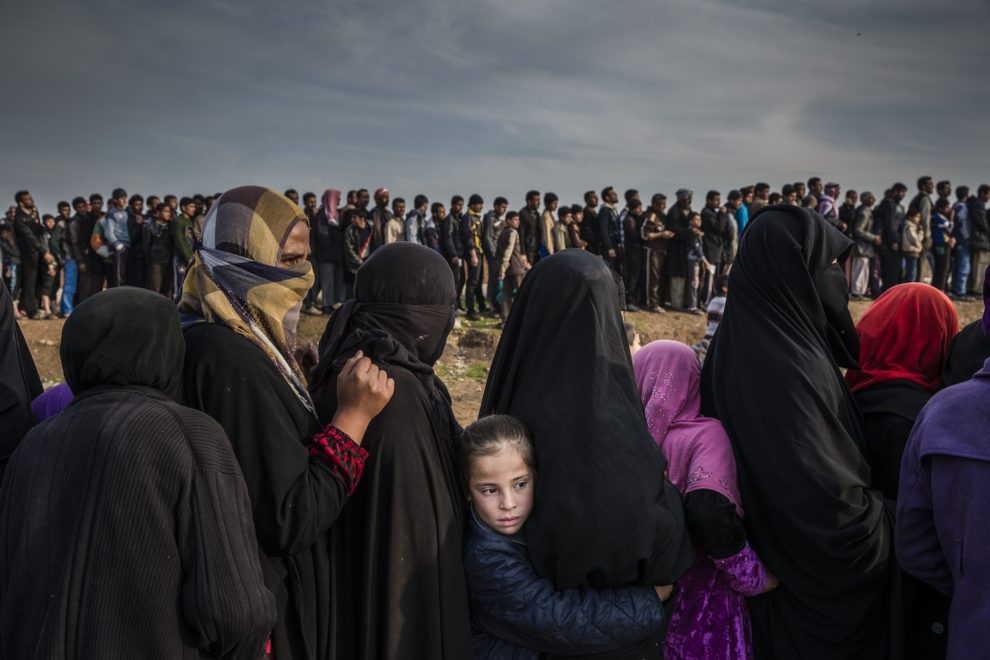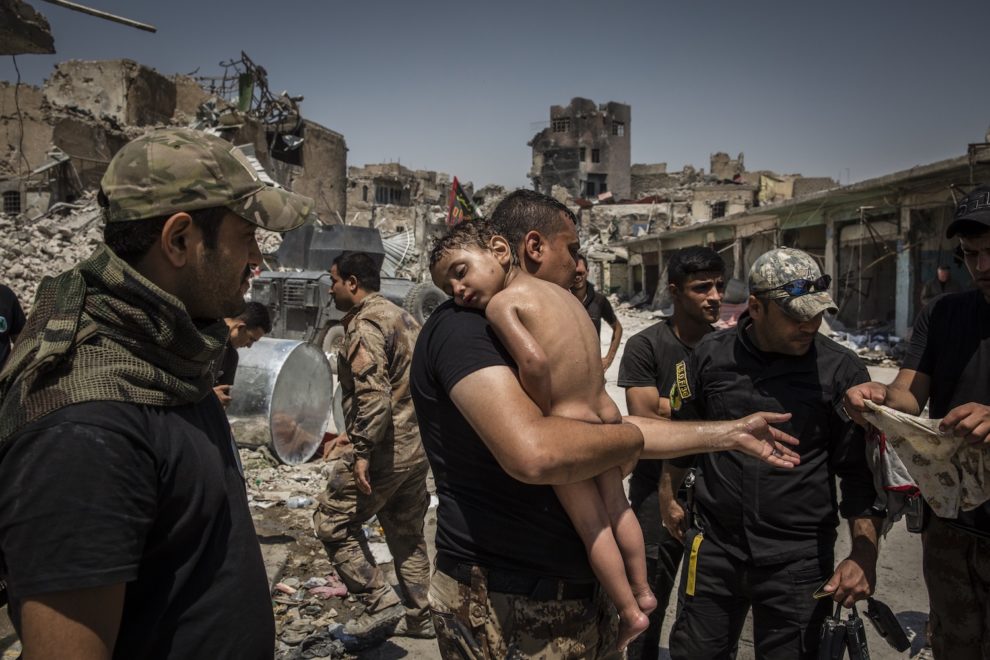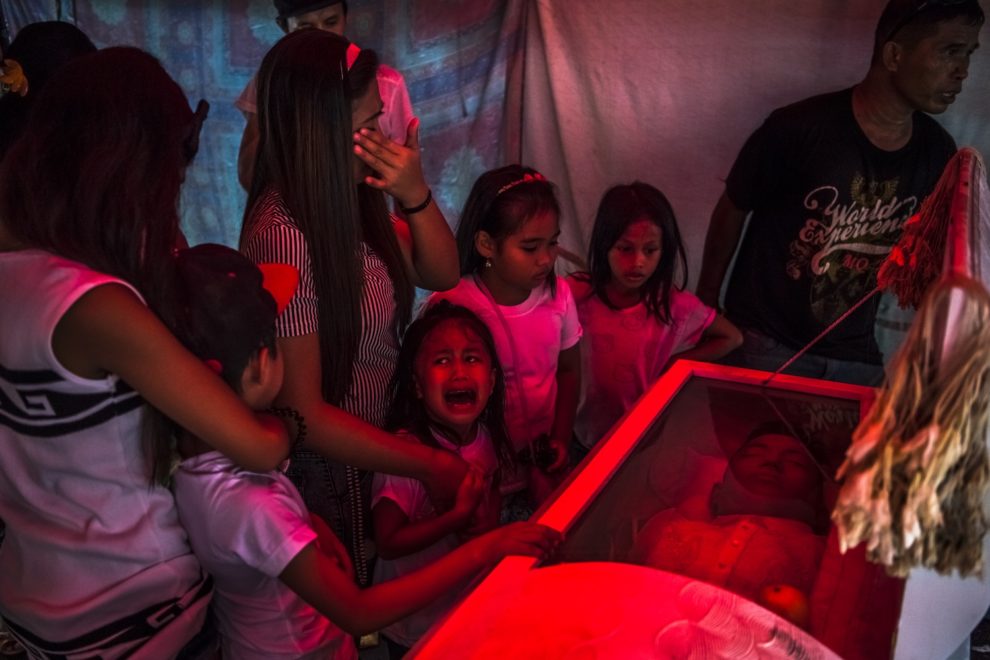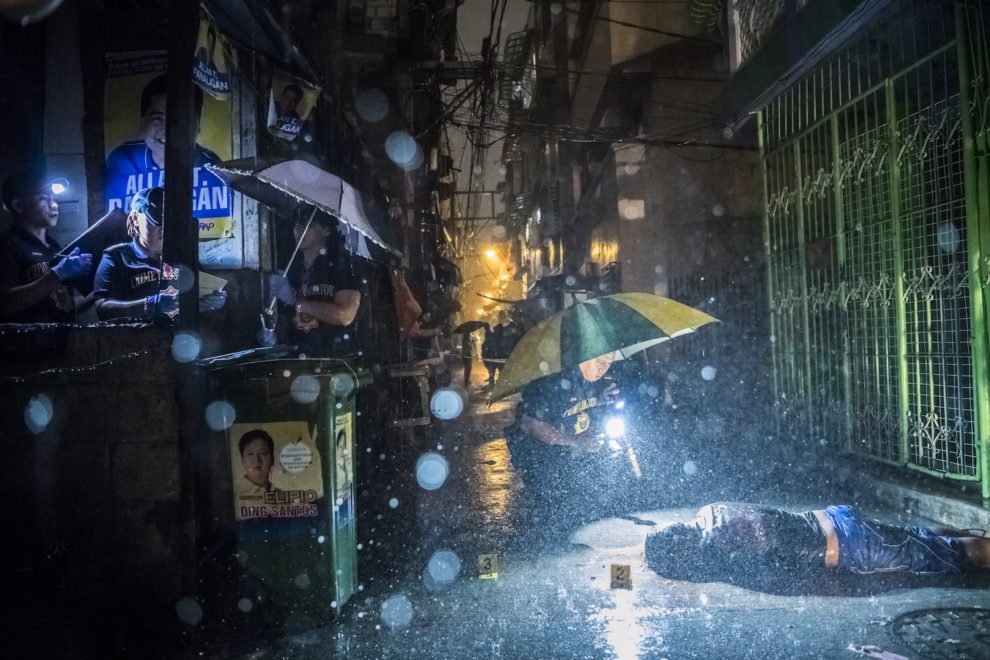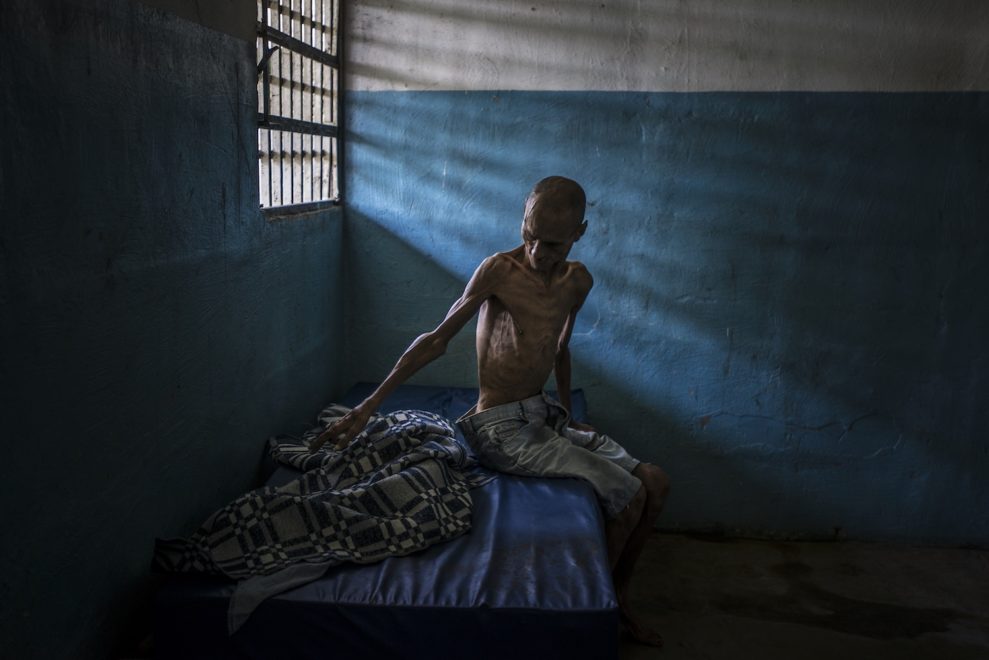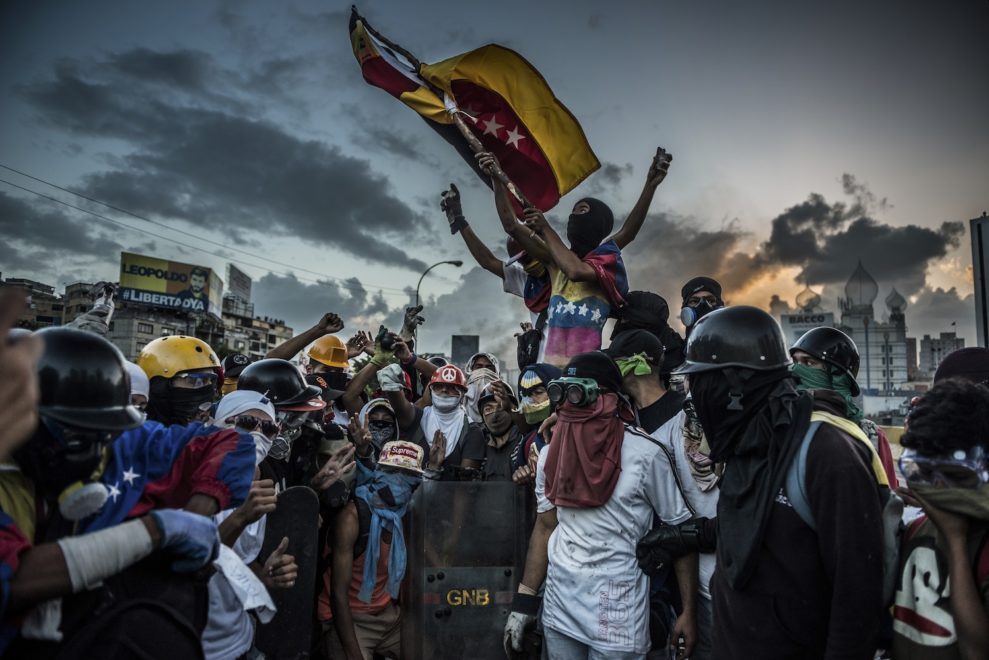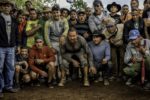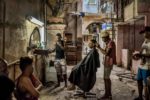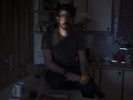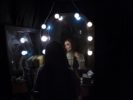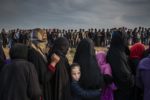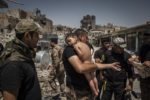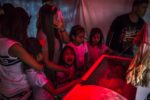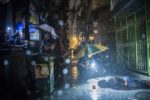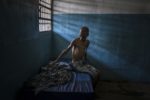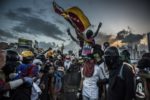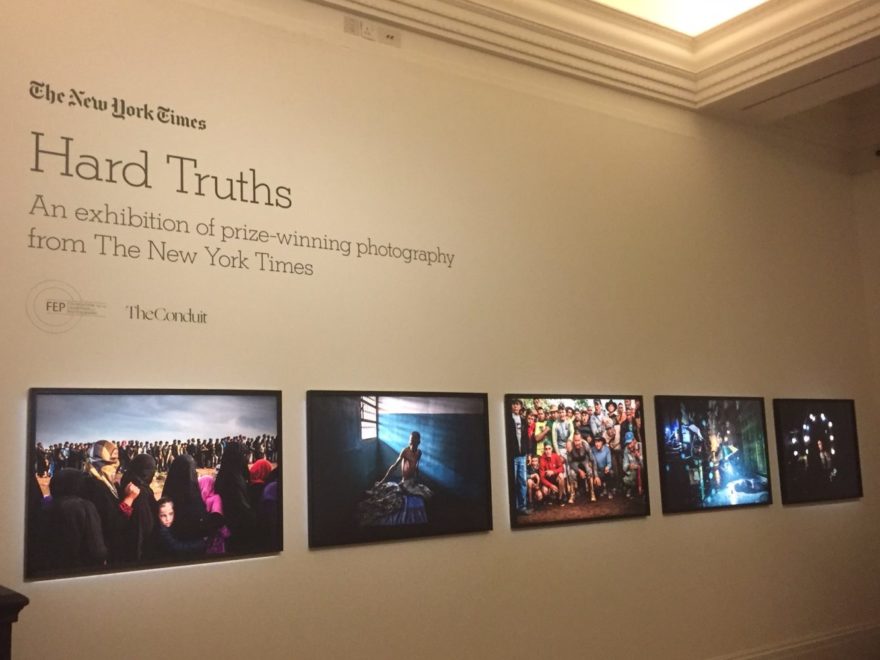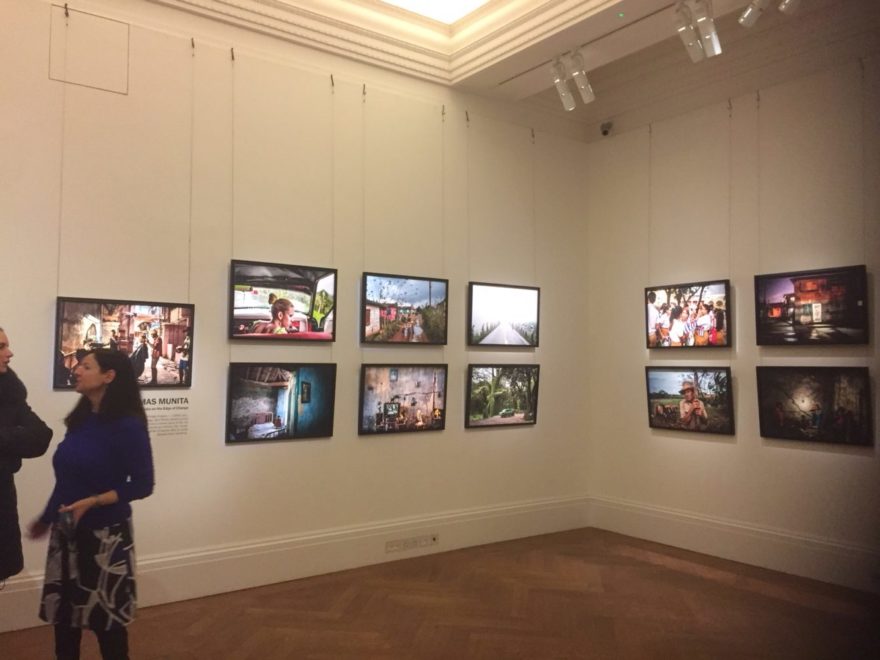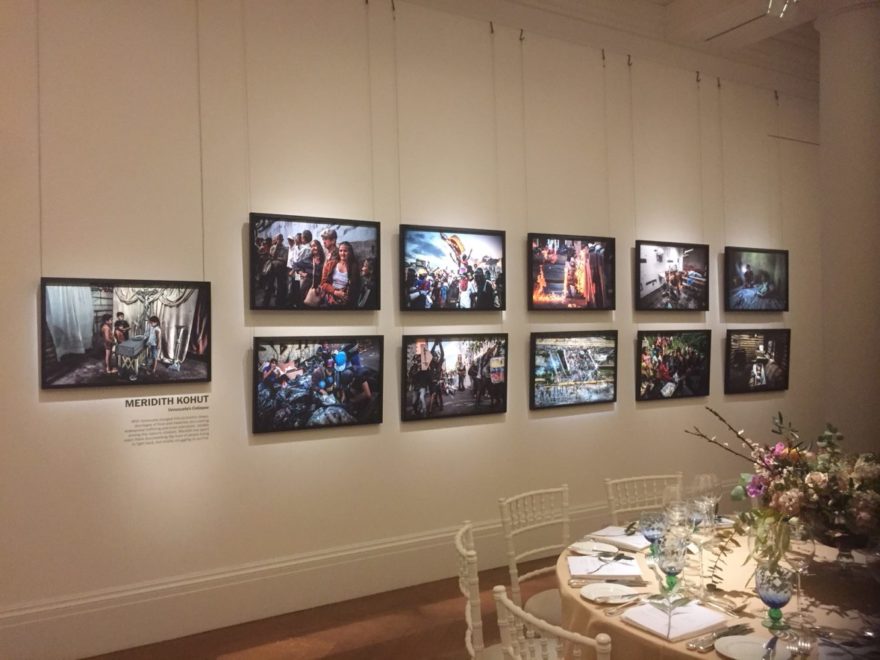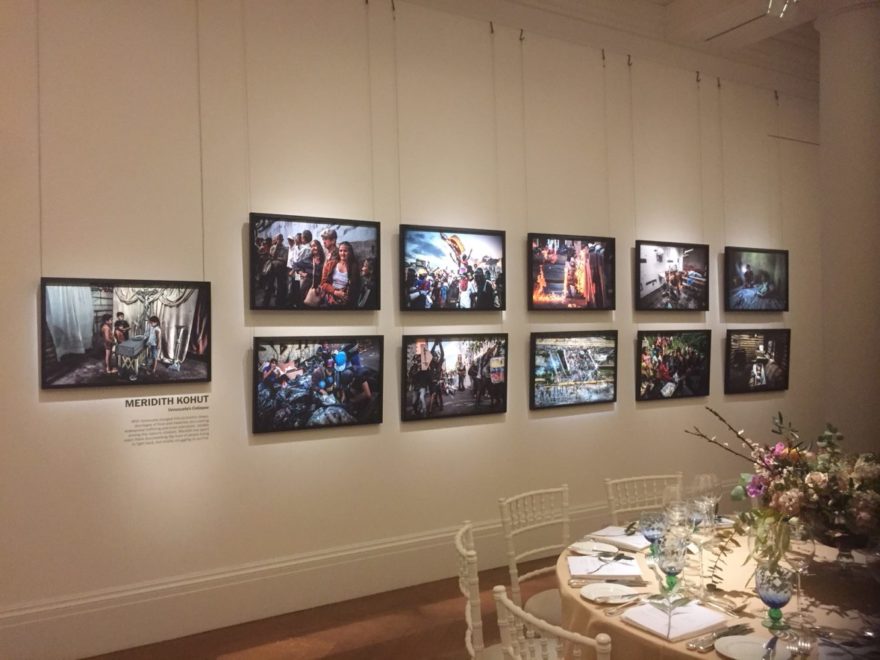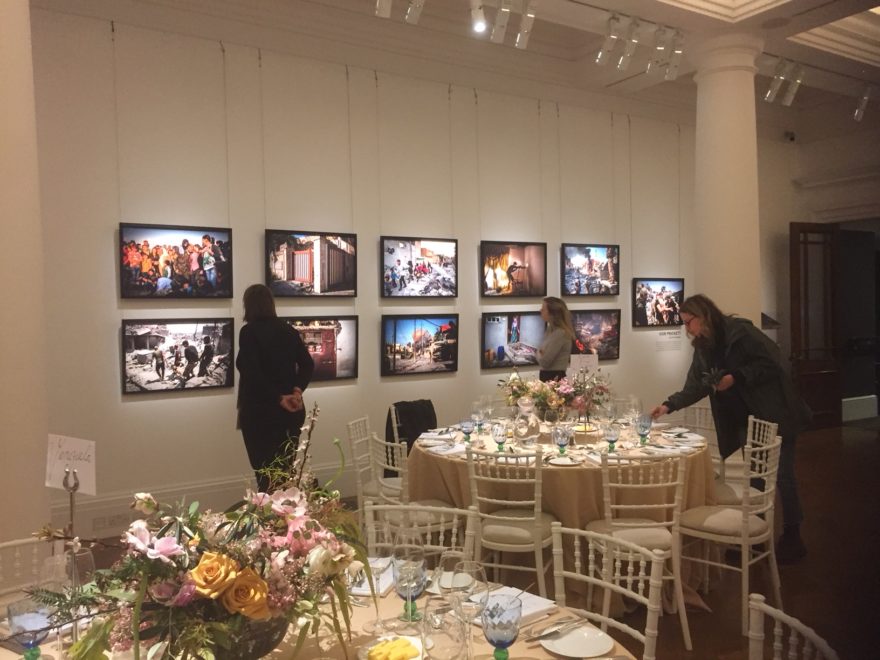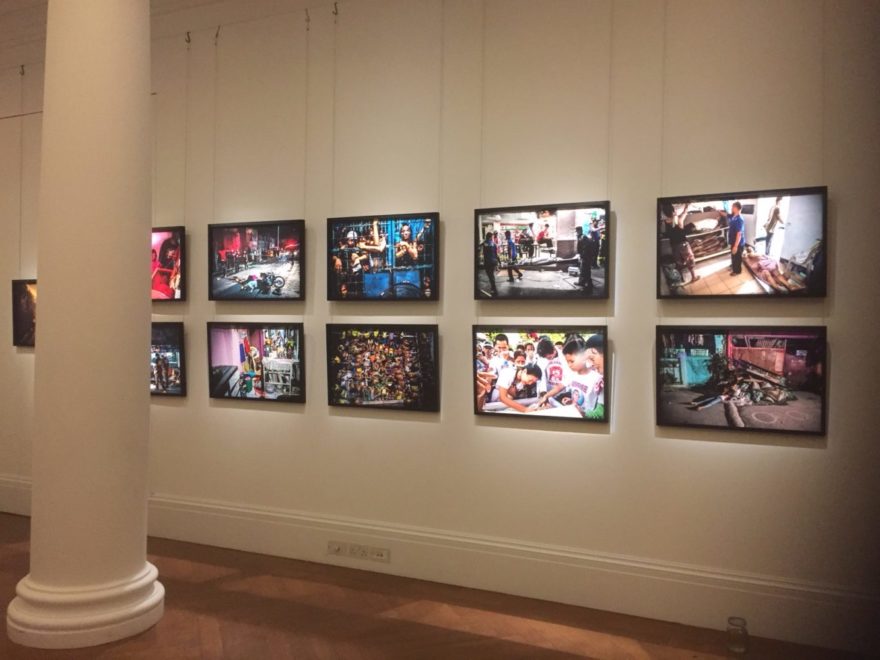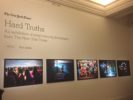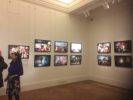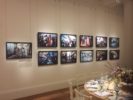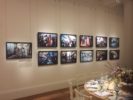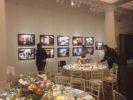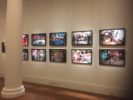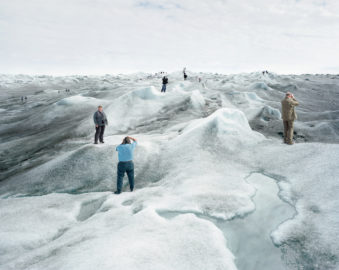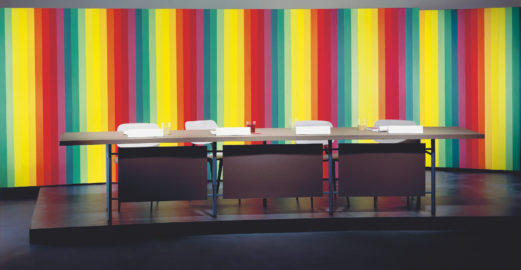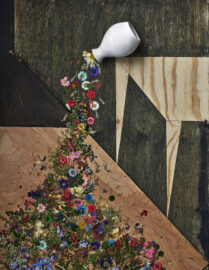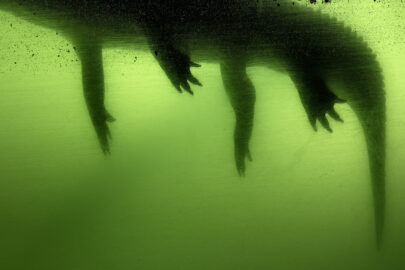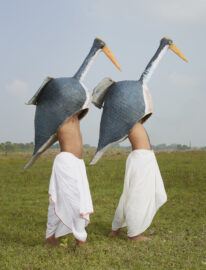In this exhibition are photographs that may remain in your mind for a long time. The photojournalists of the New York Times, who made these images, are among the finest ever to have practiced this profession. Their work is marked by artistry, intelligence, and perseverance. They sometimes risk everything to make their images because they are devoted to the people and their stories. As photojournalists they are compelled to be witnesses and report what they have seen so that you and I will stop our comfortable daily routines for a moment and recognize that our own humanity hangs by a thread; and that through awareness and understanding we can reinforce that thread.
The men and women who made these photographs place us directly behind their own eyes, so that we also witness. It is no easy task to gain access to vulnerable people who may be wary of others, people whose very lives sometimes may depend on trusting no one. The best photojournalists gain that trust by proving their integrity. They are able to project a sense of understanding, of an honest intent to give voice to someone’s predicament, to amplify their stories and disseminate them. They withstand hurricanes or sniper fire; they wade in waist-deep polluted water or sleep in the boxcars alongside their subjects. The openness we see in the people’s faces was earned. Here are images of people whose lives are different from mine or yours. Their humanity however is identical.
We need these images to help us form intelligent opinions, to be the voice of outrage for those who no longer have, or per- haps never had, a voice of their own. The victim’s agony was not stopped by the photographer’s work. But it was expressed. Their pain was not without witness, their tragedy not suffered unseen. Photographs can particularize and personalize a situation that may be too large to grasp from written reports and they show us how events affect individuals. The great images are indelible. It takes willful amnesia to rinse them from your memory.
Of course not all photojournalism is about conflict and misery. The best publications are also educational institutions of a sort. There is so much that a well made photograph can illuminate that a text cannot express: the electric vibrancy of a particular public place, the sorrowful worry in an old man’s expression, the dry silence of a distant desert landscape, the startling immediacy of a newly butchered animal. These can all be described, but an image of these things adds infinitely more.
We all have a protective need to distance ourselves from disaster. We may tire of the bad news that flows like lava around our safe places but we ignore people’s misery at our own peril. Violence and hatred proliferate and can quickly engulf those who seek only to avoid them.
Do we really have the right to not see these images? A strange question, as we might count ourselves “free people,” who are free to be willfully ignorant or blind. If freedom allows us to speak as we wish but not to shout ‘fire!’ in the proverbial movie theater, are we also free to remain silent if the theater is indeed burning?

